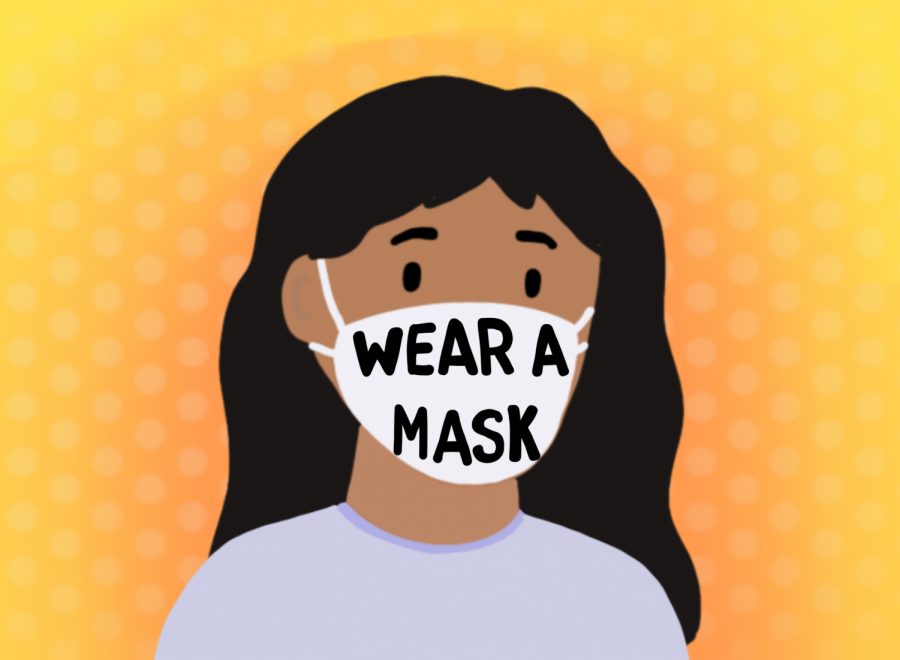Editorial | United States should follow Britain’s model, prioritize schools
February 23, 2021
Boris Johnson, prime minister of the United Kingdom, announced Monday that schools could reopen starting March 8. This is both a victory and a sign of hope for much of England, as cases have declined significantly in recent weeks. The nation has been on a full lockdown since Jan. 4, as a more contagious COVID-19 variant spread rapidly, causing case numbers to soar.
While school re-openings are a welcome step for many parents and students, others are irritated that schools are reopening while bars and restaurants remain shuttered. But prioritizing schools is exactly what England should be doing, and frankly, exactly what the United States should be — but hasn’t been — doing.
School re-openings are part of Johnson’s “step one” reopening plan, which also includes allowing people to socialize outdoors. On March 29, up to six people will be allowed to meet outside, so long as they aren’t from more than two different households. Step two includes re-opening bars, restaurants and non-essential retail — such as gyms, salons and museums. This will happen no earlier than April 12, and even then, it’s contingent on vaccine rollout and community transmission rates.
Students in Britain — both school-aged and college-aged — will be tested twice weekly, and required to wear face coverings at all times. The virus is highly transmissible in bars, restaurants and gyms, so keeping these establishments closed will likely curb the community spread of COVID-19 until more people are vaccinated. This means that fewer people are at risk of infection, and therefore the virus is less likely spread in schools.
The United Nations International Child Emergency Fund issued a late January warning saying that if children are out of school for another year, “the effects will be felt for generations to come.” Studies have found numerous negative side effects in online learning — including decreases in general school progression, mental health and social disruptions in children. And, assuming proper precautions are taken, scientists have deemed schools relatively safe — the Centers for Disease Control and Prevention has even gone as far as urging school districts to re-open for in-person learning.
Yet in the United States, bars and restaurants are open in most states, while many schools remain shuttered.
Teacher unions across the country have protested returning to in-person instruction due to inadequate protection — a very fair and reasonable concern. Several teacher unions in California are requesting that teachers be vaccinated before returning to the classroom. In 28 states, and the District of Columbia, teachers are eligible for vaccination. But being eligible for vaccination is one thing. Getting it is another. Recently, California pledged to set aside 10% of vaccine doses for teachers. Other states should be following suit.
We need to keep community transmission down so that schools can be a safer place. This could include a lower indoor dining capacity and gym capacity, and at the very least, a state-wide mask mandate — something that Montana became the latest state to remove.
Britain, like most countries, hasn’t had a perfect, or even adequate COVID-19 approach. But when it comes to schools in this round of re-openings, the nation’s steps are exactly right. It’s a complicated task, getting students back into the classroom, but as a nation, we aren’t making it enough of a priority.








